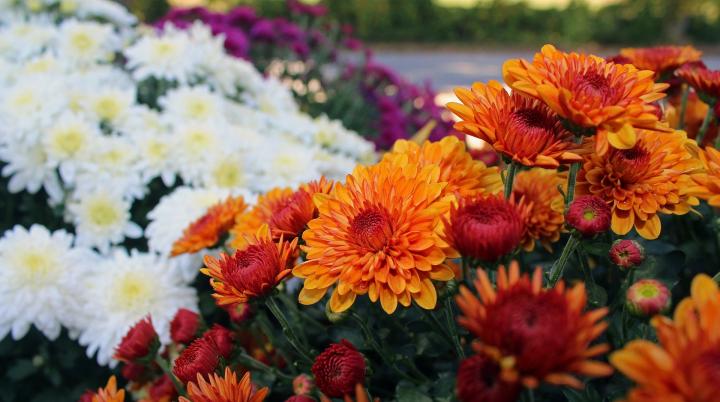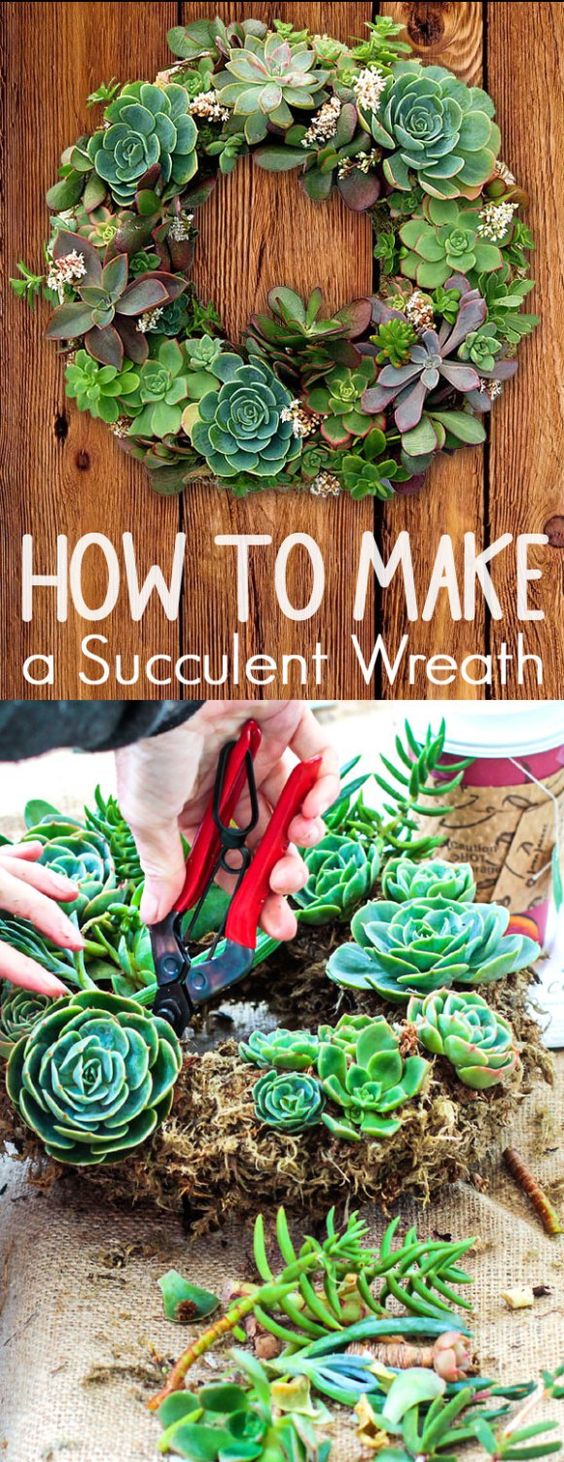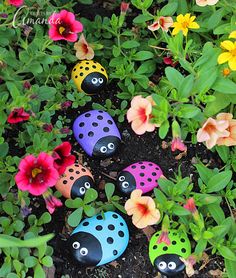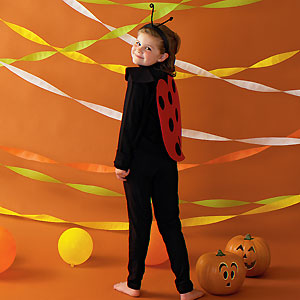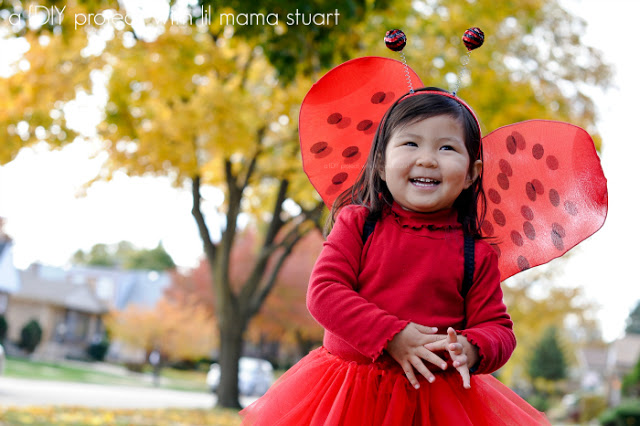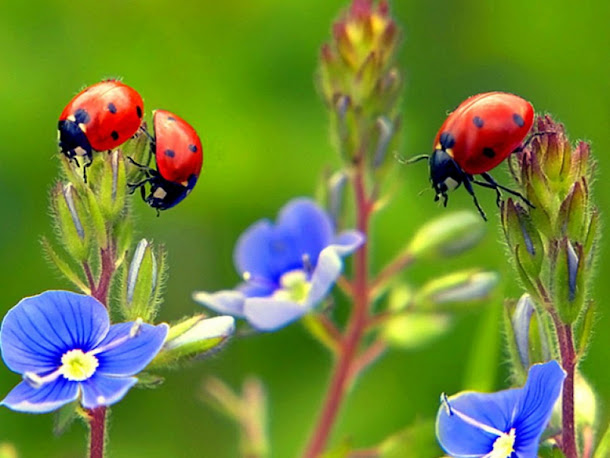Best Edible Flowers for Growing and Eating
Add flowers to your food! Here are the best edible flowers, based on first-hand experience in the garden and kitchen!
I especially love adding small edible flowers to salads, which can be
made even more attractive and special with their color and
subtle taste.
Many folks know about nasturtiums.


These happy-faced flowers are among the first to get planted in the
spring as they don’t mind some frost. They come in many colors and
styles and will continue to blossom as long as they are picked. They
don’t have much flavor but always bring smiles to people when they
arrive atop beds of lettuce, arugula or spinach.
Marigolds are edible, too. Most of the regular ones are a bit tough
and unappetizing, but there is a series called “gems” that are just
delightful. Lemon gems are bright yellow while tangerine gems are a
lovely orange.



They don’t taste like much, but they have an interesting shape and easily stand up in the bowl.
Calendulas are edible as well. These daisy-like flowers come in yellows and oranges with tan and soft pink varieties available.

They can be added to a dish whole or the petals can be pulled and
mixed into a salad to brighten it. They are also easy to dry. Pull the
petals and put them on a cookie tray.

Leave this in a very dry spot; the top of a warm closet, an attic or
an oven with a pilot light. After a couple of days, they can be
collected and put in a sealed jar for storage.

Chive flowers can also be added to the list. These are very spicy and
might be best utilized pulled apart and used judiciously. They can also
be made into chive vinegar. Put the flowers into a clear jar with
organic vinegar and leave in the Sun for a couple of weeks. Strain out
the buds and keep in a sealed jar in the pantry.
In early spring, violets and small dandelions can be picked and added
to salads. The dandelions are particularly delicious when they are
underground and just about to emerge. These can be washed carefully and
steamed for a few minutes. Serve with salt and butter.
Red and white clovers are edible although usually served in tea. These can be dried in a similar method to the calendulas.
Thyme flowers make great garnishes. They can be artfully placed on plates on top of or around different sides.
Enjoy growing, eating, and garnishing with flowers!
Editors’ note: Celeste’s recommendations assume that you NEVER use pesticides or other chemicals on the flowers you eat. Remember not all flowers are edible.
About This Blog
Celeste
Longacre has been growing virtually all of her family’s vegetables for
the entire year for over 30 years. She cans, she freezes, she dries, she
ferments
& she root cellars. She also has
chickens. Celeste has also enjoyed a longtime relationship with The Old
Farmer’s Almanac as their astrologer. Her new book, “
Celeste’s Garden Delights,” is now available!
















